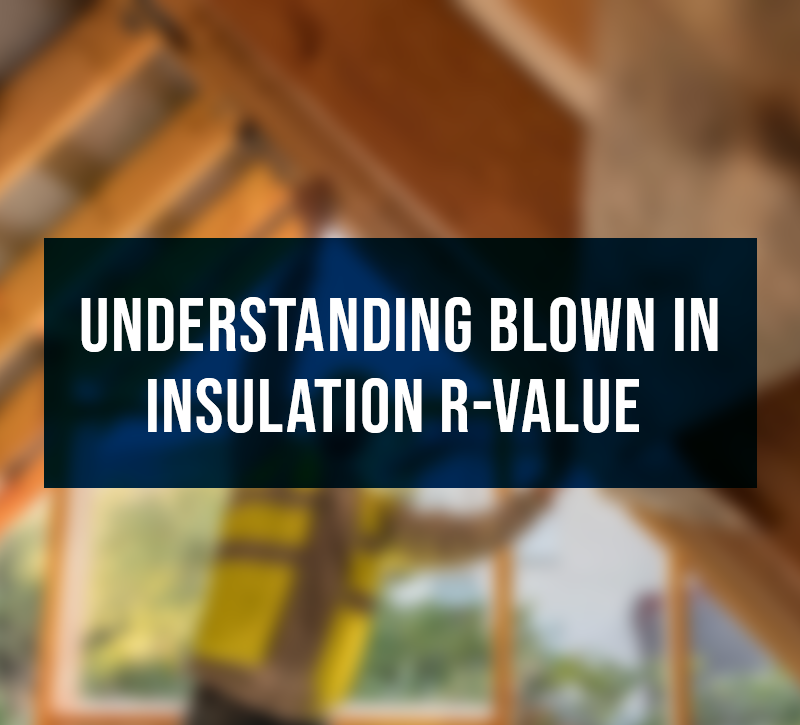
Understanding Blown In Insulation R-Value

Insulating your home is an important task that can help you save on energy bills, keep your home more comfortable, and make it easier to maintain a consistent temperature. One of the most popular methods of insulation is blown-in insulation, which is made from fiberglass cellulose or mineral wool. But what exactly is the R-value of blown in insulation? Let’s take a closer look at how this type of insulation works and why you should consider installing it in your home.
What Is R Value?
R value measures how well a material resists heat transfer. The higher the R value, the better a material is at keeping heat from entering or leaving the space. Blown-in insulation has an R value that ranges from 3.2 to 4 per inch depending on the type of material used and where it's installed in the house. This makes it one of the most efficient types of insulation available on the market today.
Benefits of Blown-In Insulation
Blown in insulation r value stands out for its versatility; it can be installed in hard to reach areas such as attic floors and crawl spaces that are difficult for traditional batt insulation to fit into. It also offers better soundproofing than other types of insulation, making it perfect for homes with multiple stories or rooms adjacent to noisy streets. And since blown-in insulation is not affected by moisture like fiberglass batting can be, it’s ideal for damp climates where moisture levels tend to be high throughout much of the year. This type of insulation also helps reduce air infiltration, making your home more energy efficient overall by reducing heating and cooling costs without compromising comfort levels inside your property.
How Much Do You Need?
The amount of blown-in insulation you need depends on several factors such as location, climate zone, existing wall construction materials, etc. Still, generally speaking, you should aim for between 10 and 20 inches in order to get optimal results. If you're unsure how much to buy or install in specific locations within your home, consulting with an expert can help ensure that you get the best possible results from this type of insulation material.

 Rated Excellent
Rated Excellent